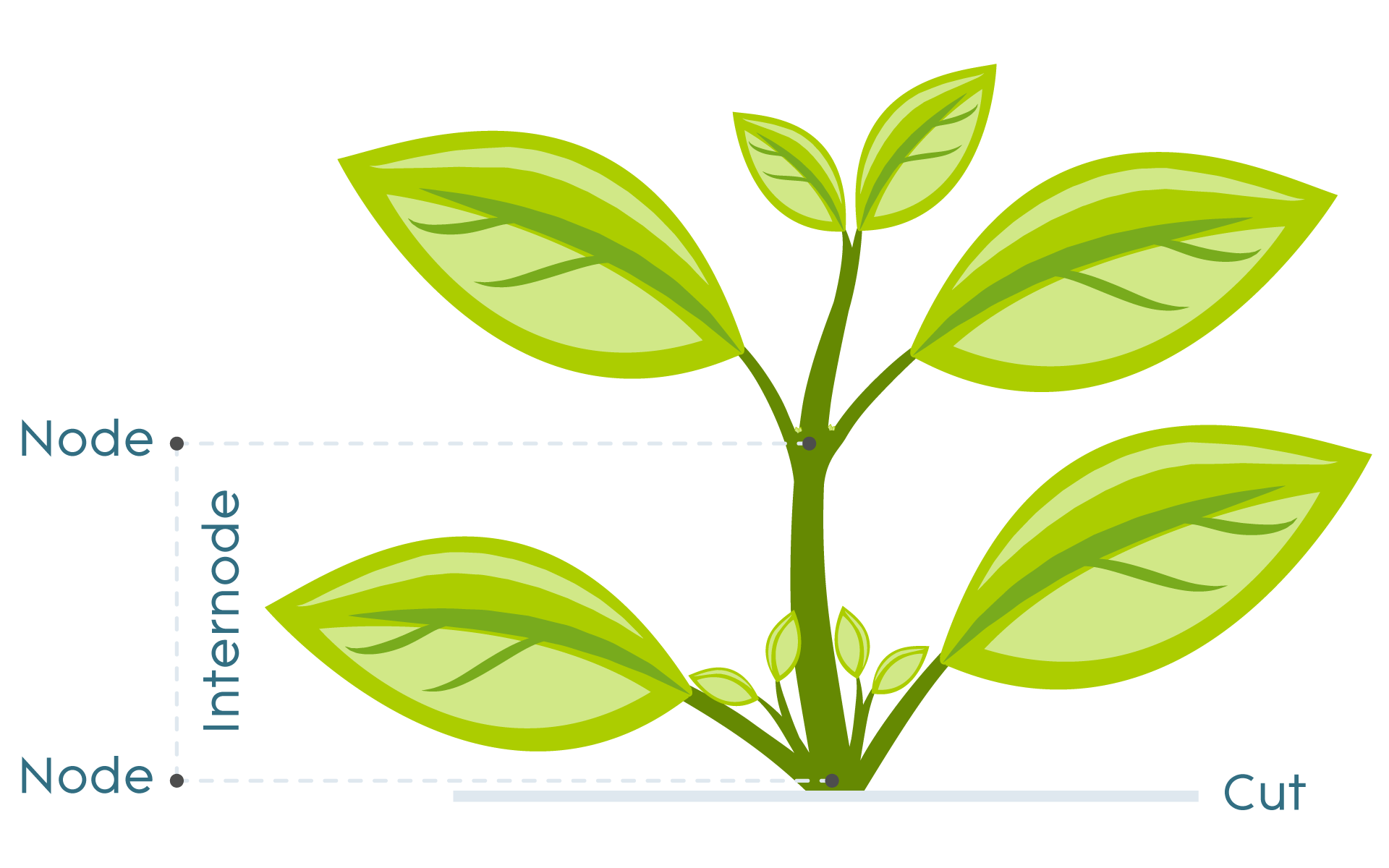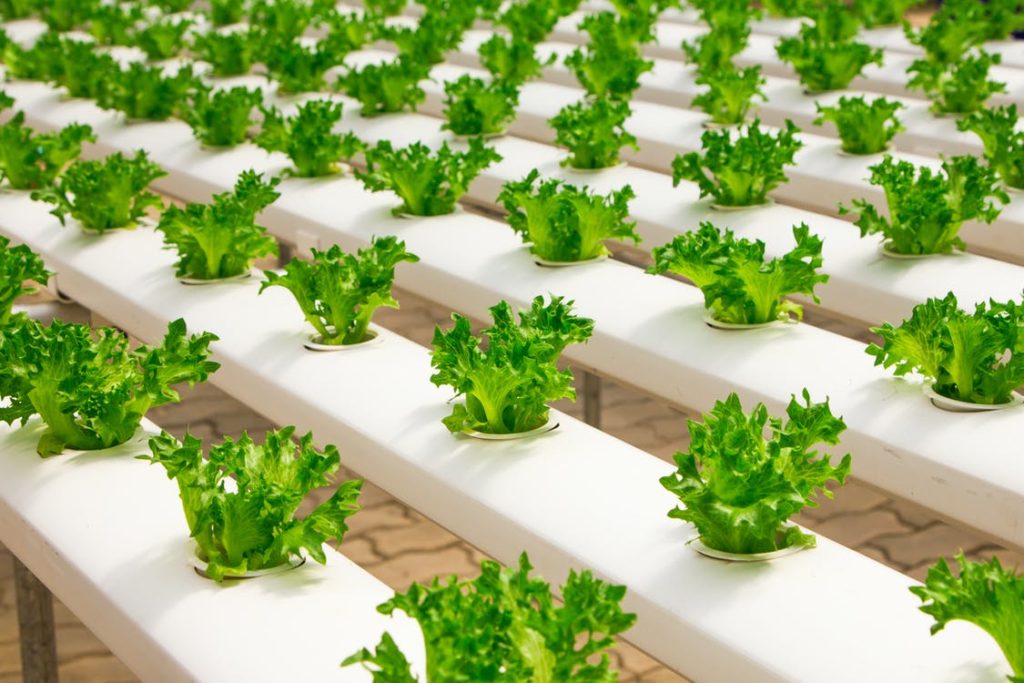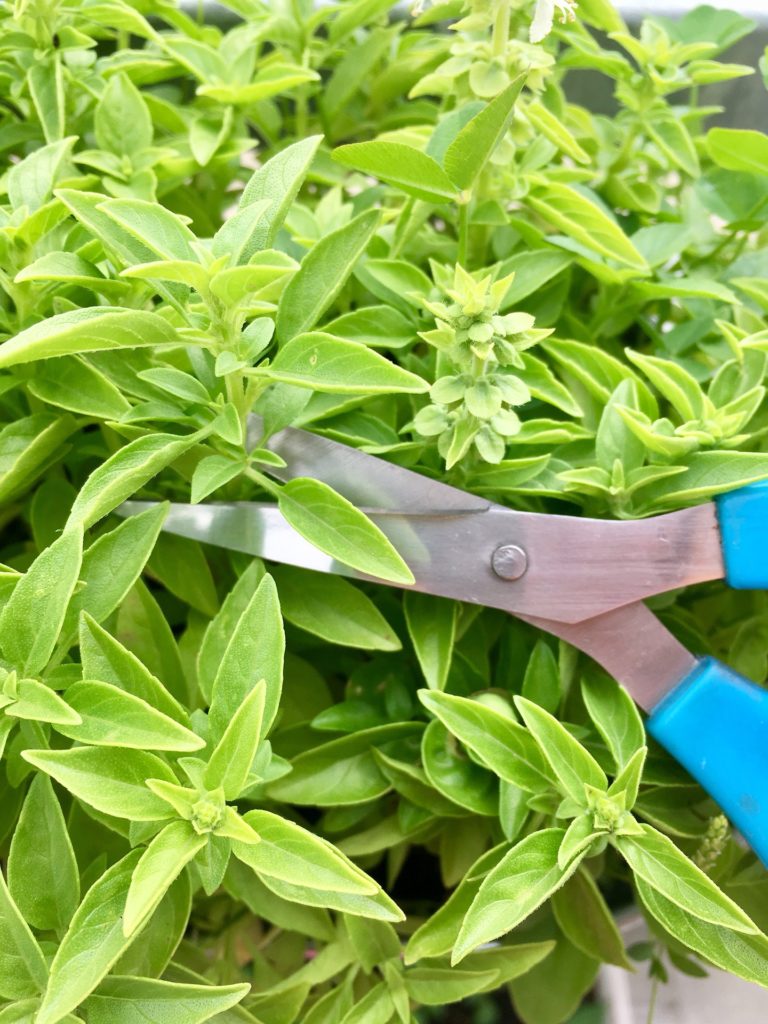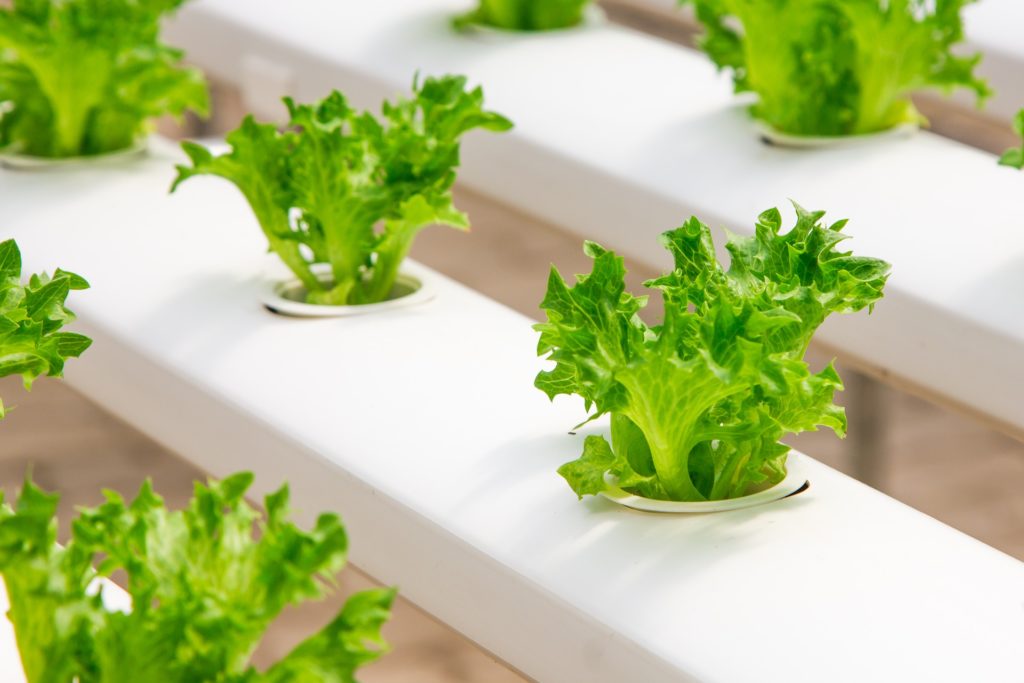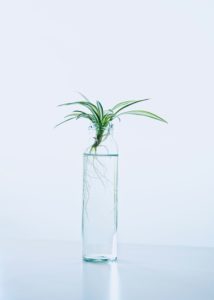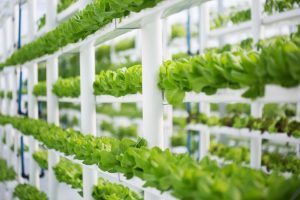The higher up on the plant, the more auxins (plant growth hormones) are present. Likewise, the more vigorous the growth in that particular area, the more auxins will be there. Of course, the placement of the cutting won’t do you any good if the donor plant (that you are using to create the plant) is not in good condition.
Here’s what to consider when choosing a donor plant for clones:
- Overall health – do not choose a sickly plant as a donor. Even if you are trying to preserve a specimen, a sick donor plant usually results in sick clones that cannot strike roots. Use a healthy mother plant for a healthy clone.
- Donor stress – just like you wouldn’t use a sick plant as a donor, you should not use a stressed plant either. Look for signs of wilting, weakness, and distress. Early signs of stress can later give way to infection and failure.
- Plant age – it is far better to use a more mature plant as a donor for when you take cuttings. If a plant is too young, with very supple branches, cuttings have trouble striking. However, do not use a mother plant that is too mature, or you risk an early flowering plant.
- Vegetative stage – try and choose a mother plant in the vegetative stage. Otherwise, it can be something of a mess. If you have the knowhow, you might be able to ‘re-veg’ a clone. However, even that can be a tossup. If you use a flowering donor plant, you can also end up with cuttings that flower too early and have stunted growth.
How to make a cutting to clone hydroponically
First, start off with clean tools. There is no reason to contaminate a new plant with dirty tools. You can use a 50/50 mixture with water and either vinegar or hydrogen peroxide (not both at once) or mix a cap of bleach with a bucket of water. Just make sure to rinse and dry your tools well before you get going. Make sure you have all your tools handy. While you don’t want to rush, it’s not a process you want to take a long time with.
Basic plant cloning theory
Once you’ve found the right plant to clone, you need to select the branch you’ll use as a cutting. Upper stems are best, especially terminal (main) stems and branches. The main upper stem is also called the terminal bud. You always want to cut close to where leaf petioles meet the stem. Leaf petioles are simply the small stems that join the leaf to the rest of the plant. The spot where the petiole attaches to the main branch is called an axil or node. Buds that form where petioles meet the main branch are axillary buds. These axillary buds mature to become lateral branches if they’re not pruned or cut.
These are key areas for cuttings, since there is a greater concentration of auxins, the plant growth hormone.
You should see several nodes on a vegetative plant. Each node has some distance between it and the next node. This space is called the internode. Internodes are helpful when you’re finding a spot to cut. Remember, you do not want to use a huge cutting to clone. A few inches in length is often sufficient.
Before you cut, feel the stem. It should be somewhat firm, but not too woody. Very young stems are harder to strike, and they will feel much softer and more pliable. If the stem feels hollow, do not use it to create a clone. Chances are, you’ll need to remove some leaves, although you don’t want to have to remove too many.
If you know you are planning to clone a certain plant, you can do some prep work ahead of time to increase your chances of success. In essence, you can ‘groom’ a mature plant to use as a donor. Rather than feeding your donor plant a nutrient solution high in nitrogen, opt for a formula with more phosphorus and potassium. Nitrogen often creates more supple branches, and while it is a requirement for vegetative plants, you don’t want too much. Remember, it’s always best to use a vegetative plant as a donor, rather than a flowering plant.
Learn more about plant growth stages in this guide.
